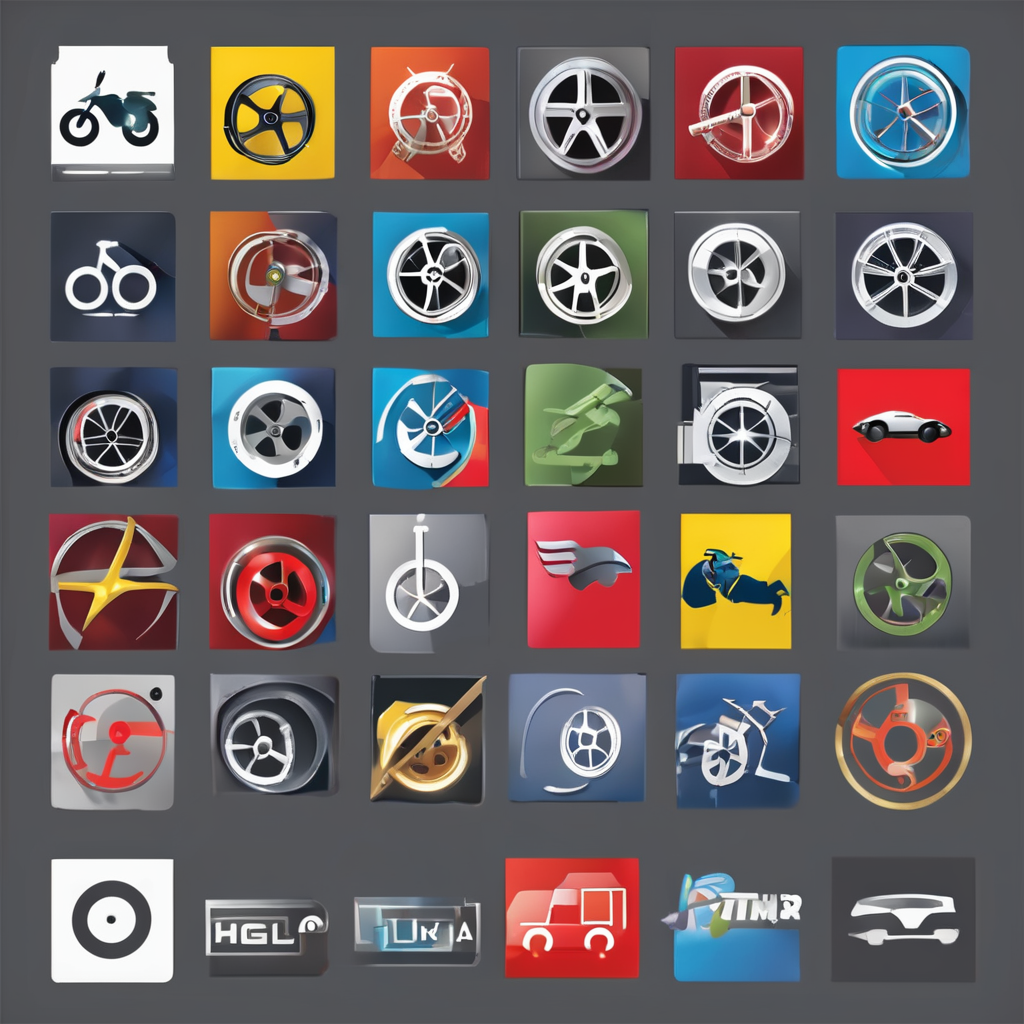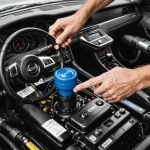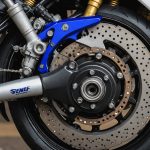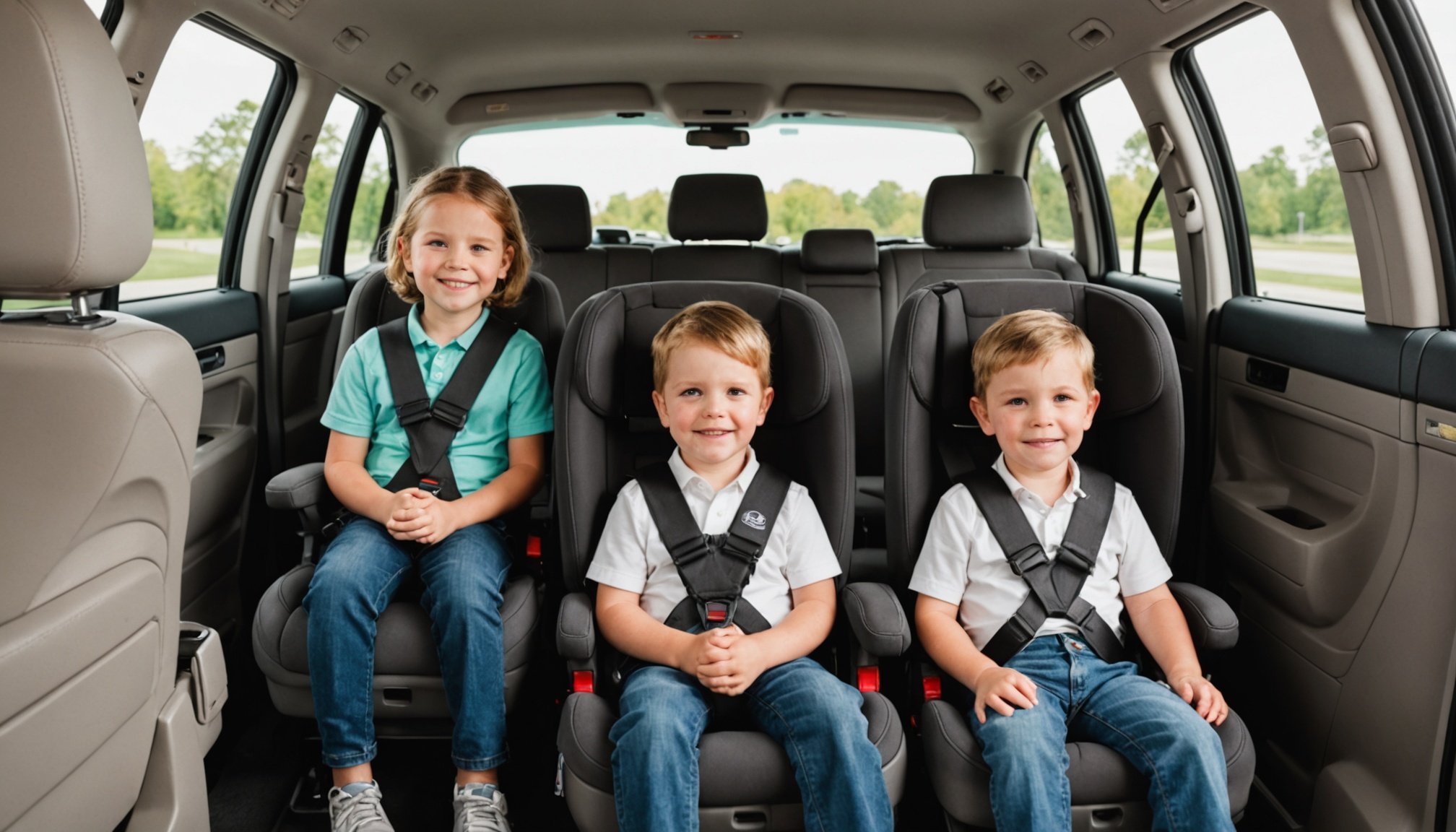The Importance of Proper Seat Positioning for Child Safety
Understanding the relevance of child safety in vehicles is crucial for every parent or guardian. In minivans, seat positioning is a key component that significantly influences the level of protection offered to child passengers, especially in side-impact collisions. Statistics reveal that a majority of injuries occur due to improper seat positioning, which underscores the necessity of awareness and attention to detail.
During side-impact collisions, the correct seat positioning can reduce the risk of injury by ensuring that children are cushioned from the point of impact. Experts agree that placing child seats strategically in the vehicle plays a pivotal role in enhancing safety. In particular, they recommend positioning child seats in the rear middle seat when possible, providing a buffer from side impacts.
Also read : Mastering your vehicle”s safety: key strategies for accurate calibration of collision avoidance systems
Minivans are known for their versatility but selecting the right model involves understanding how each performs in safety tests. Many experts highlight that certain minivans are better equipped to protect children due to refined seat configurations and dedicated safety features. Parents are encouraged to consult expert opinions when choosing a minivan that prioritises child safety through excellent seat positioning and comprehensive airbag systems, thereby ensuring their loved ones are safeguarded on the road.
Guidelines for Proper Car Seat Installation
Ensuring correct car seat installation is paramount for protecting young passengers in any vehicle, particularly a minivan. For comprehensive safety, selecting an appropriate car seat type, understanding its placement, and following safety guidelines are critical.
In the same genre : Ultimate handbook: optimal steering fluid inspection frequency for high-mileage vehicles to prevent steering system breakdown
Types of Car Seats and Their Placement
The type of car seat—rear-facing, forward-facing, or booster—should correspond to the child’s weight and age. For optimal safety, rear-facing car seats are recommended for infants, whereas older children may transition to forward-facing seats and boosters as they grow. Proper placement further enhances child safety: rear seats are often best, as they distance children from airbags that deploy in front seats.
Recommended Installation Techniques
Expert advice stresses using the car seat’s built-in installation mechanisms, such as LATCH (Lower Anchors and Tethers for Children), for maximum stability. Tighten straps and ensure the car seat doesn’t move side-to-side or front-to-back more than an inch. Every seat’s manual should be followed precisely.
Common Mistakes to Avoid
Avoid mistakes like loose installation, improper harness use, or placing the child seat in unsafe positions. Double-check that the harness is snug against the child. Finally, regularly review both the minivan and car seat manuals to ensure no steps are overlooked and that seat safety remains a priority.
Side-Impact Collision Statistics and Safety Ratings
Child safety in vehicles is a pressing concern, particularly during side-impact collisions. Such incidents are known to be severe, often resulting in significant injuries. In fact, relevant statistics indicate that side-impact collisions account for a substantial percentage of fatal accidents involving child passengers. Understanding these numbers is crucial: they highlight the importance of protective measures like effective seat positioning.
Vehicle safety ratings play a pivotal role in assessing protection levels during these collisions. Ratings are determined through stringent tests that evaluate a vehicle’s ability to protect its occupants during various crash scenarios, including side impacts. Minivans, with their popularity among families, are scrutinised closely for their performance in these safety tests.
Some minivan models excel in side-impact safety, thanks in part to advanced engineering and robust safety features like side airbags and reinforced side structures. Parents and guardians must be vigilant in checking these ratings when selecting a vehicle. By prioritising high safety ratings, they ensure an additional level of protection, allowing them to travel with peace of mind, knowing they have made an informed choice based on reliable data.
Expert Recommendations for Maximizing Safety
In the realm of child safety for vehicles, expert advice plays a vital role in protecting young passengers. Trusted organizations like the National Highway Traffic Safety Administration (NHTSA) and the American Academy of Pediatrics (AAP) offer valuable child safety recommendations. These include ensuring that car seats are appropriate for the child’s age, height, and weight. Parents should also verify that seats are installed correctly, an often underestimated yet critical aspect.
Trusted Organizations and Their Guidelines
Organizations such as NHTSA provide comprehensive safety guidelines, which encompass advice on car seat types and best practices for installation. They emphasise the significance of keeping children in rear-facing seats as long as possible and transitioning them safely through various stages.
Latest Research on Child Passenger Safety
Recent studies underscore the importance of proper seat positioning and the use of modern technologies like side airbags, which significantly enhance safety during side-impact collisions. Researchers advocate for continuous updates to safety protocols based on evolving scientific data.
Insights from Safety Technicians
Certified safety technicians offer hands-on assistance by inspecting car seat installations and verifying compliance with safety guidelines. Their expertise ensures that car seats are not only properly configured but also optimally suited to the specific vehicle and child, maximising protection.
Comparison of Minivan Models for Child Safety
When considering a minivan for family travel, understanding the safety features each model offers is vital in ensuring a high level of child car seat compatibility. Top-rated minivans frequently incorporate advanced safety technologies, including side airbags and electronic stability control. These features contribute to improved impact absorption and vehicle handling, which are crucial during unforeseen incidents.
Not all minivans are created equal regarding accommodating car seats. Compatibility concerns arise with varying car seat dimensions and installation methods. Therefore, conducting thorough research is essential. Some models provide flexible seating options and additional anchor points that enhance car seat installation versatility.
Seeking expert recommendations can assist parents in making informed choices. Safety ratings provided by trusted organizations, such as the National Highway Traffic Safety Administration, offer reliable insights into a vehicle’s protective capabilities. Models scoring high on these evaluations successfully balance practicality with rigorous safety standards.
In selecting a minivan, parents should prioritise features that align with their specific needs, ensuring that every journey feels secure. Armed with insights into compatibility and safety, parents can confidently choose a minivan ideal for their family’s safety.
Relevant Safety Regulations and Standards
Understanding vehicle safety regulations and child safety standards is vital for ensuring secure journeys for young passengers. These regulations, formulated by authorities such as the National Highway Traffic Safety Administration (NHTSA), dictate the essential safety features and protocols that vehicles, including minivans, must comply with.
Regulatory Impact on Minivan Design
Vehicle regulations significantly influence minivan designs, enforcing features that adhere to stringent safety criteria. For instance, standards require the integration of secure anchoring systems for car seats and effective airbag placement. This ensures that the inherent design supports child safety optimally, reducing the risk of injury during collisions.
The Role of Compliance
Compliance with these regulations is paramount. It ensures that minivans are equipped with advanced safety measures. Manufacturers are obliged to meet these standards to offer protection robust enough to shield child passengers effectively.
By staying informed about these regulations, parents and guardians can make knowledgeable choices about the vehicles they use. It’s crucial to verify that any minivan under consideration fully complies with current safety standards to guarantee that protective measures are decidedly in place. This can lead to safer, more secure travels for their children.











